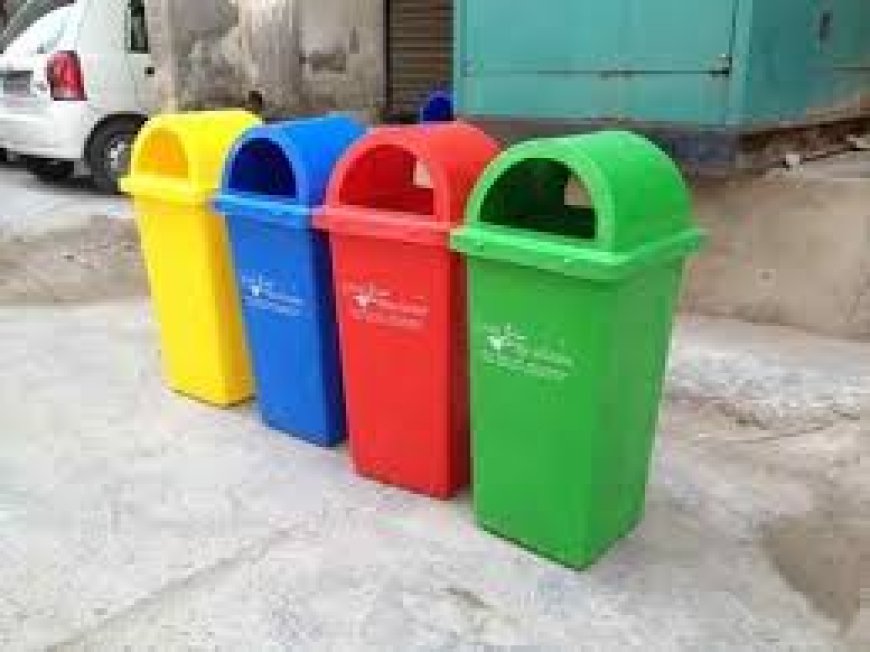Punjab Schools Launch Color-Coded Waste Drive
Punjab schools launch color-coded waste bins to teach students eco-friendly habits and promote cleanliness across campuses.

In a major step towards environmental sustainability, schools across Punjab have introduced a color-coded waste disposal initiative to encourage students to adopt responsible waste management habits from an early age. The initiative aims to ensure that waste is segregated at the source, promoting cleaner school campuses and environmentally conscious behaviors among students.
Color-Coded Bins for Efficient Waste Segregation
Under this new drive, schools are equipped with five different colored bins, each designated for a specific type of waste:
| Color | Type of Waste |
|---|---|
| Yellow | Paper waste |
| Green | Glass, bottles, laboratory materials |
| Purple | Food waste, leaves |
| Red | Metals |
| Orange | Plastics |
Officials have set a deadline of September 30, 2025 for schools to install the bins. From October 1, inspections and compliance checks will begin, and schools failing to meet the requirements may face warnings or fines.
Leadership and Oversight
The launch event was attended by Punjab Chief Minister Maryam Nawaz Sharif, who highlighted the importance of instilling eco-friendly habits among students.
“This initiative is not just about keeping schools clean. It is about teaching students sustainable habits that they will carry home and into their communities,” said the Chief Minister.
Education Minister Rana Sikandar Hayat and Local Government Minister Zeeshan Rafique will oversee the implementation and ensure proper monitoring of the program across all schools.
Students and Teachers Support the Initiative
The initiative has been welcomed by students and teachers alike.
“Now we understand why it’s important to put each type of waste in the correct bin. It’s simple, and it helps protect the environment,” said [Student Name], a Grade 7 student.
Teachers emphasized that this program will not only enhance campus cleanliness but also provide students with hands-on learning about sustainability and environmental responsibility.
Challenges and Implementation Plan
While the program is promising, several challenges remain:
-
Schools will require training and resources to educate students on proper waste disposal.
-
Hazardous materials such as metals and certain plastics must be handled safely to avoid accidents or contamination.
-
Regular monitoring will be conducted throughout the academic year to ensure proper use and maintenance of the bins.
-
Reward and recognition programs are planned to motivate students and schools to actively participate in the initiative.
Conclusion
Punjab’s color-coded waste disposal drive represents a significant move toward cultivating environmentally responsible behavior among students. If implemented effectively, it can create cleaner school environments and encourage students to adopt sustainable practices at home and in their communities.
This initiative not only addresses immediate cleanliness concerns but also prepares a generation of eco-conscious citizens who understand the importance of responsible waste management.

 Israr Ahmed
Israr Ahmed